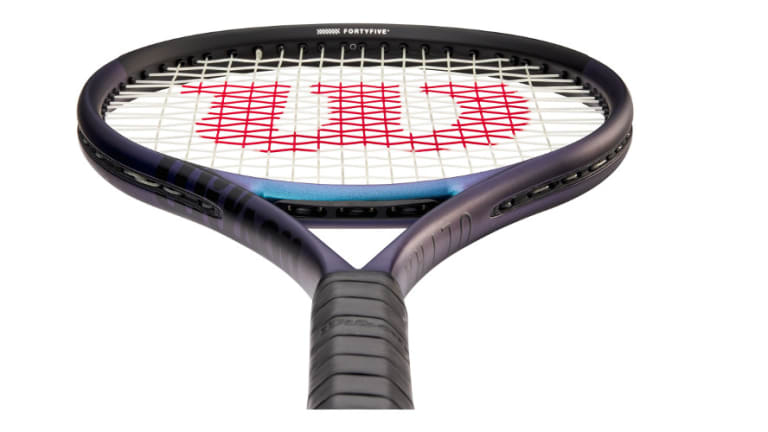Gear
Racquet Review: Wilson Ultra 100 v4
By Oct 14, 2022Gear
Holiday Gear Gift Guide (Part 3): Must-Have Apparel
By Nov 30, 2022Gear
Holiday Gear Gift Guide (Part 2): Awesome Accessories
By Nov 26, 2022Gear
Holiday Gear Gift Guide (Part 1): Top Racquets from 2022
By Nov 24, 2022Gear
Babolat expands popular Evo line with two new racquet models
By Nov 10, 2022Gear
Geau Sport releases Axiom Series 2.0 bags
By Nov 04, 2022Gear
Gear Q&A: Hardened Competitors
By Oct 27, 2022Gear
SwingVision delivers pro-level insights for recreational players
By Oct 23, 2022Gear
Hyperice introduces three new products to help athletes ready for competition
By Oct 07, 2022Gear
Racquet Review: Volkl C10 EVO
By Oct 01, 2022Gear
Racquet Review: Wilson Ultra 100 v4
Changes to the look, feel and performance make this latest version a significant upgrade
Published Oct 14, 2022
Advertising

Wilson Ultra
Advertising

Wilson Ultra 100 v4